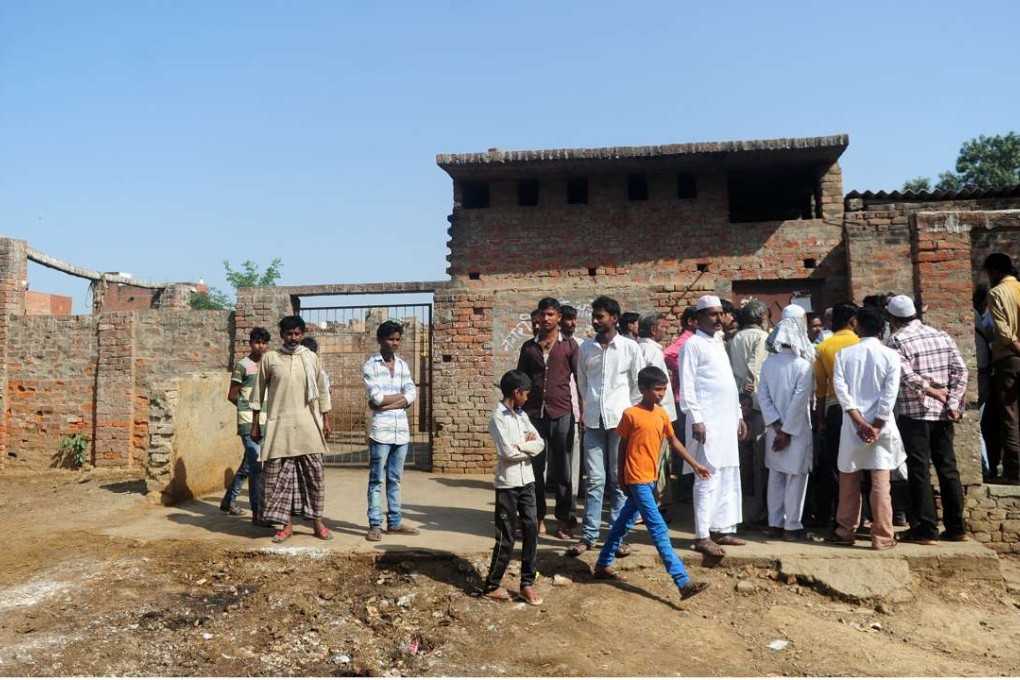Why the world needs to sit up and take notice of India’s war on meat
The anti-meat campaign cooked up to steer the nation away from its secular grounding will have profound consequences for the entire region

“WHERE’S THE BEEF?” may have been a rhetorical slogan in US fast-food TV ads and presidential campaigns of the 1980s, but in present-day India it is now a deadly serious question that requires immediate attention. The government really is, actually, looking for beef.
The decades-old rhetorical catchphrase first found international fame in 1984 when US Vice President Walter Mondale made it his own during his unsuccessful campaign for the presidency.
Mondale, tapping into the popularity of the Wendy’s fast-food chain commercial, used “Where’s the beef?” to point to the insubstantial nature of his competition.
Much of contemporary Indian politics could be summed up with the same phrase, though couched in a much more literal context.

And yet, it is hard to not to think back to Walter Mondale, or even to Wendy’s. Just as they used the phrase to refer to a lack of substance, so it is in contemporary India. The beef campaign addresses no real or direct threat to Indian society. But used as a symbol of exclusion, it could have lasting effects on the future of a nation founded on secular principles.